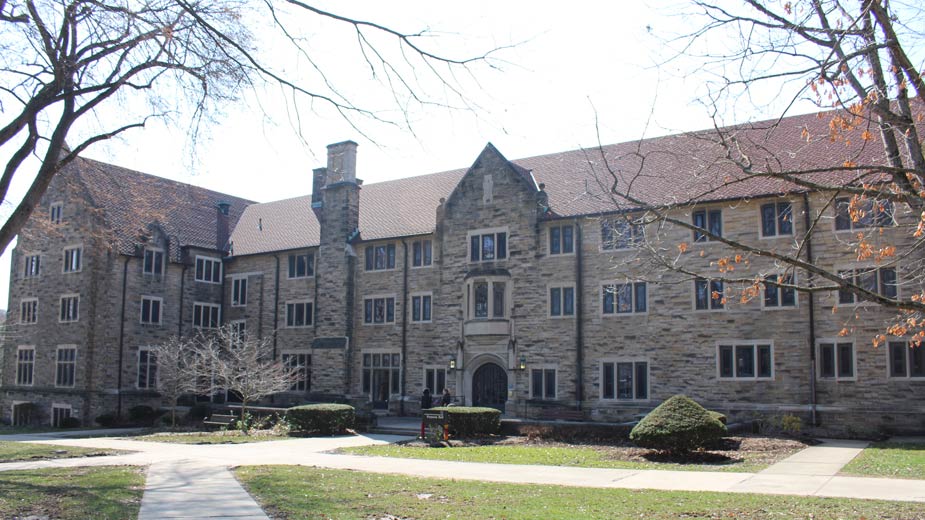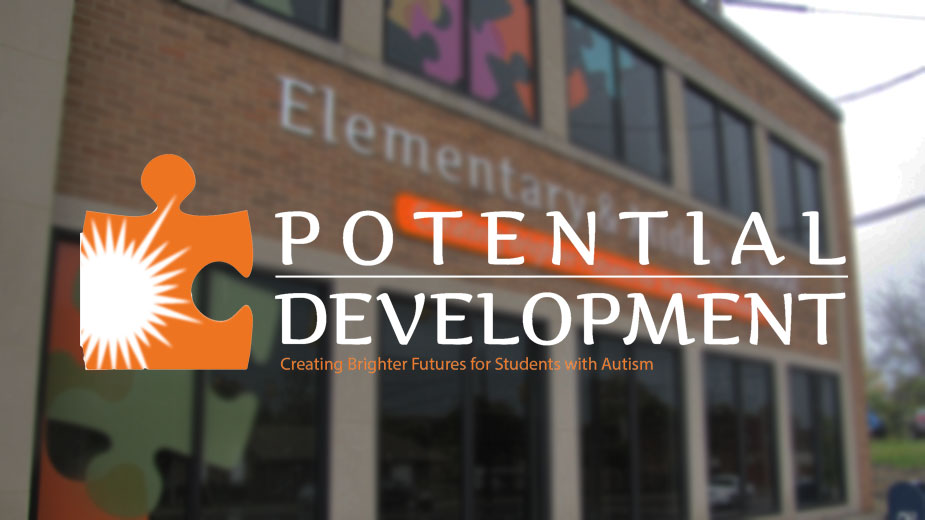Westminster College Builds on Liberal Arts Tradition
NEW WILMINGTON, Pa. — From its inception before the Civil War, Westminster College assumed a moral high ground and dedicated itself to – and acted on – the principles of equality at a time when few institutions dared.
“Since it was founded in 1852, the college has strived to provide this type of environment,” says its president, Kathy Richardson. “Our character is best captured in our slogan, the ‘We in Westminster.’ ”
It’s this tradition that Richardson says courses through halls of this small liberal arts college here. Richardson emphasizes the college has remained true to its mission and prides itself in providing an education that prepares students to be the best in their chosen professions.
The college opened its doors in the mid-19th century without regard to the sex, race or religious beliefs of its students. Nearly half of the graduating class of 21 in 1857 was made up of women, and the first black graduate earned his degree within 20 years after Westminster was established. “From Day One, the college was open to women, persons of color and persons of all faiths,” Richardson says. “That was pretty extraordinary for a Presbyterian college in 1852.”
Richardson, appointed president almost nine months ago, says the college has always stressed an education rooted in the liberal arts. “In its purist sense, a liberal arts college offers a classical education in the humanities: philosophy, history, languages,” she says. “We want [students] to understand the big questions.”
Although the college is grounded in the liberal arts, Westminster has won acclaim for its science and business programs, Richardson says. “We’ve been a leader in STEM [science, technology, engineering, and mathematics] education, and as a great place for women to study,” she notes. In 2010, for example, Forbes magazine ranked Westminster first in the country as “Best College for Women in Science, Technology, Engineering and Math.”
This dedication to STEM disciplines has led to the establishment – through a partnership with the University of Pittsburgh Medical Center’s Jameson Hospital – of a new baccalaureate in nursing, the first such degree in the history of the school, Richardson reports. “Some of the most popular programs are in the sciences: biology, chemistry, environmental sciences, computer sciences, mathematics,” she says. “These are very strong programs here.”
Among the more significant projects underway on the Westminster campus is a $20 million expansion of the college’s science center. “It will allow more room for our science students,” Richardson adds, while helping to engage in new partnerships that advance STEM studies among high school students.
Equally popular is the school’s business curriculum, Richardson says. This year, Westminster introduced a new major in sports administration in addition to traditional majors in marketing and accounting. “I’d say we’re a great mix of a comprehensive liberal arts, professional and preprofessional programs,” she says.
While the professional areas prepare students for a career after they graduate, the liberal arts foundation affords them a wider understanding of the world, which is important because societies and cultures are more connected than ever through technology and business interests, Richardson says.
A liberal arts education allows students to achieve a greater understanding of world cultures and history as they hone their writing, communications and critical thinking skills, she continues. “You get to hear a great exchange of conversation in the classrooms or dining halls,” she says. “It gives them a nuanced understanding of the challenges of working locally and globally. It’s an invaluable tool for students who graduate and go on to careers.”
Enrollment at Westminster is gradually rising – about 1,250 students between the undergraduate and graduate programs – and the college’s placement rates reflect the success graduates have in the marketplace. On average, 98% of those who complete Westminster’s undergraduate program either have a job or are enrolled in a graduate school, law school or medical school.
Still, there are challenges facing small private colleges such as Westminster, especially in this region, says Tom Stein, vice president of enrollment and marketing. “The majority of students come from western Pennsylvania and eastern Ohio,” he says. However, there are fewer students graduating from the high schools in the region, thus reducing the pool of candidates.
“We have to reach out, but at the same time still take care of our base,” Stein says.
Westminster is stepping up its marketing efforts to target the population in eastern Ohio where it has seen a gradual increase in interest.
Last year, the college initiated a $2,000 grant program that was extended to students with Ohio residency. The grants were enough to boost the number of Ohio students at Westminster by 61.
“We’re going to continue that program,” Stein promises.
Westminster also does well with student prospects in Maryland, he notes.
Freshmen classes are gradually on the increase as well, Stein reports. This fall saw 396 students enrolled in the freshman class versus 361 the previous year. “Our goal this year is to reach 400-plus students,” Stein says, “and right now we’re trending ahead of that.”
Moreover, applications to Westminster are rising. So far this year, the college has received 250 more applications compared to the same period a year ago, and 200 have been accepted. “We’re a little over 3,000 applications right now,” he says. “We ended last year with 3,100.”
Tuition at Westminster stands at $36,000 per year, Stein says. However, there are scholarships and financial aid programs available that help ease the burden on families and students. Last year, Westminster distributed $27 million in total financial aid – $16 million of which were scholarships, he says.
The school’s largest single scholarship is an $8 million endowment from the Lemon family. The Lemons consist of three sisters, one a Westminster alumna, says Matthew Stinson, vice president of institutional advancement.
“It’s the largest single gift in the school’s history,” Stinson says. The scholarship is for those students who pursue a career in medicine and has drawn well-qualified and talented young people. “Having something of this magnitude helps us attract the best and the brightest.”
Stinson says the college has found that its graduates are the best salesmen to tell high school students about the attributes of Westminster. “We’ve asked our alumni to focus on different areas,” he says. “The first is to tell Westminster’s story.”
A survey conducted of last year’s incoming freshman class found that the No. 1 reason students chose Westminster was a recommendation from an alumnus, Stinson says. “Our responsibility is to make the connection between our alumni and Westminster and get our alumni excited about it.”
A second area where Westminster alumni are deeply involved is career engagement, Stinson adds. “Alumni are titans in their fields and their communities,” he says. “They’re not afraid of opening doors for our students so they can be successful.”
No dedicated fundraising campaign is in progress, Westminster President Richardson says, although the college has always counted on the generosity of its alumni.
“They not only give their money, but their time,” she says, noting that one of the most impressive aspects of the college is the degree of loyalty and support from the community. “What struck me as a new president coming in,” she says, “was the sense of allegiance and commitment to this institution.”
Copyright 2024 The Business Journal, Youngstown, Ohio.



